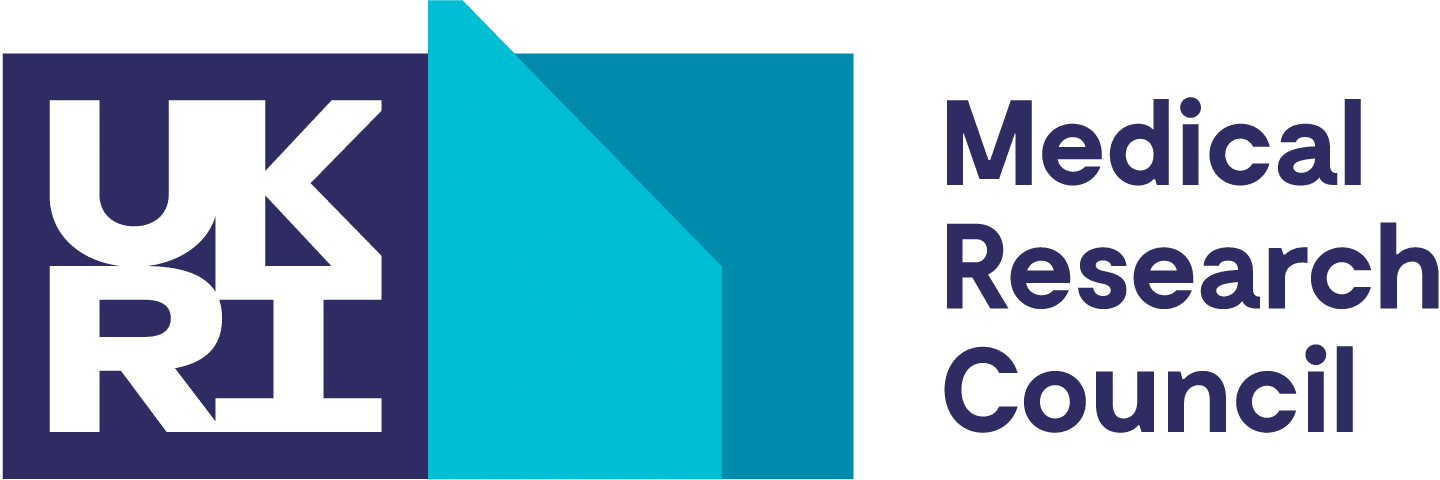Award for Safety Hub Researcher
UKRMP has awarded a special merit prize to a Safety Hub PostDoc who has demonstrated outstanding work on leading creative new approaches to help members of the Platform work together effectively and accelerate discovery.
Dr Michael Barrow, a PostDoctoral researcher based in Chemistry from the Safety and Efficacy Hub, has been awarded a prize for embracing the collaborative nature of the Platform and proactively identifying opportunities to advance the work of all collaborators across the Platform.
Mike’s work, which involves creating novel particles for cell tracking, has been highlighted as part of the exceptional research that makes the UK a world leader in the field of regenerative medicine.
Professor Kevin Park, Director, UKRMP Safety and Efficacy Hub said: “Applications for regenerative medicine therapies are being developed across a range of areas from liver, kidney, and ophthalmic disease to various kinds of musculoskeletal disorders.
“Dr Michael Barrow has facilitated exceptional research across the UKRMP Hubs on tracking the delivery of cells. Tracking the distribution and viability of these therapeutic cells after injection is important to check whether cells have reached their desired target organ or location in the body.
“We are pleased that his exceptional work in this field has been recognised in this way.”
Dr Barrow received his UKRMP Special Merit Prize from Sir John Savill during a special ceremony.
Back issues of The Safety Hub newsletter are available here (click the link to download a pdf version).
Vol 2 No 3, News with a focus on the Hubs’ PDRA retreat and spotlight on Dr Joan Comenge, our Postdoctoral researcher at University of Liverpool developing gold nanorods for cell tracking.
Vol 2 No 2, News, focus on imaging modalities and spotlight on Dr Inna Linnik, our Postdoctoral Imaging Scientist at University of Manchester.
Update on the Nanoparticles for Cell Tracking meeting held in September 2015
Monitoring and understanding the biodistribution and fate of cells after implantation is critical to evaluate their safety and efficacy in regenerative medicine. Cells can easily be labelled with nanoparticles through endocytosis and nanoparticles can act as contrast agents for various imaging modalities. To explore and contribute to this emerging field, the UK Regenerative Medicine Platform (UKRMP) Safety Hub hosted “Nanoparticles for Cell Tracking” on 21-22 September 2015 at the University of Liverpool Foresight Centre. The meeting brought together colleagues involved in the preparation of contrast agents, the measurement of their impact on the labelled cells, the development of imaging techniques, as well as end users, i.e. biologists who need to track cells and industry representatives involved in the production of therapeutic cells. The workshop covered a range of modalities, including magnetic nanoparticles for Magnetic Resonance Imaging (MRI), radio labels for nuclear imaging and infrared absorbers such as gold nanorods for multispectral optoacoustic tomography (MSOT). Presentations included Andrew Tsourkas, from Penn University (USA) explaining their efforts towards the preparation of imaging agents capable of generating higher contrast, in particular new formulations of both iron oxide- and gadolinium-based nanoparticles for MRI. Kostas Kostarelos (Manchester) highlighted the potential of vesicles as carriers for lipophilic infra-red absorbers that can be detected with MSOT as well as his work on Gadolinium-functionalised multi-walled carbon nanotubes as a T1 contrast agent for MRI cell labelling and tracking. Quentin Pankhurst (UCL) demonstrated the clinical translation of contrast agents and their associated challenges with his work on the detection of sentinel lymph nodes. Mangala Srinivas (Radboud Institute for Molecular Health Sciences, Netherlands) presented her work on the preparation and approval process of PLGA particles for 19F magnetic resonance imaging of dendritic cells in a clinical trial. Tammy Kalber (Centre for Advanced Biomedical Imaging, UCL) showed that magnetic particles can be used not only to image, but also to manipulate the cells in vivo. Finally, Neill Liptrott (Liverpool) discussed how the compatibility of nanomaterials with the immunological and haematological systems can be precisely assessed. In addition to these oral presentations (and a few more), the programme also left time for informal discussions that led to new ideas and collaborations, as well as a 90 min roundtable session which saw all the challenges in the field discussed in earnest. These included issues of reproducibility, characterization of nanomaterials, cell toxicity, intracellular localization, false positive due to cell death, standard operating procedures, sharing of data, interdisciplinary working, commercialisation and clinical translation.
Vol 2 No 1, News, focus on magnetic targeting and spotlight on Dr Mike Barrow, our Postdoc chemist at University of Liverpool.
Vol 1 No 4, News, focus on light sheet microscopy and we meet PostDoctoral Researcher Ioannis Bantounas at University of Manchester.
Vol 1 No 3, News, focus on new Safety Hub partnership projects and we meet PostDoctoral Researcher Darsy Darssan at University of Liverpool.
Vol 1 No 2, News, a focus on GNRs and we meet PostDoctoral Researcher Stephen Patrick, UCL.
Vol 1 No 1, First edition giving an overview of the Hub’s aims and objections, a focus on SPIONs and we meet PostDoctoral Researcher Philip Starkey Lewis, University of Edinburgh.








